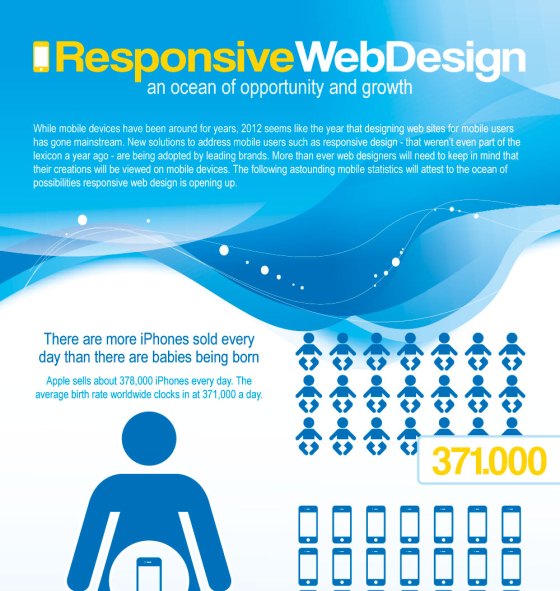Prepare Yourself To Journey Through Time And Uncover How Sites Have Ended Up Being Extra Advanced, Straightforward, And Visually Stunning
Prepare Yourself To Journey Through Time And Uncover How Sites Have Ended Up Being Extra Advanced, Straightforward, And Visually Stunning
Blog Article
Written By-Bradshaw Trolle
In the past, sites were basic and focused on information. Navigation was direct, and design was for desktop computers. Now, customer experience is key. Data guides layouts for simple navigating. Receptive layouts suit different devices. Today, dark setting reduces pressure, and minimalist menus enhance navigating. Interactive functions involve users, and bold visuals stick out. AI integration increases involvement. See how design has actually evolved to improve your online trip.
Early Days of Web Design
In the very early days of website design, simplicity reigned supreme. Sites were basic, with minimal shades, typefaces, and layouts. The focus got on offering information rather than fancy visuals. Individuals accessed the internet via slow dial-up links, so speed and functionality were key.
Navigation food selections were straightforward, generally located on top or side of the web page. Internet sites were designed for desktop, as mobile browsing wasn't yet common. Material was king, and designers prioritized simple readability over complex style aspects.
https://timesofsandiego.com/business/2022/07/04/marketink-sdsus-la-monica-everett-haynes-named-communicator-of-the-year/ was the main coding language made use of, and developers had to function within its constraints. Computer animations and interactive attributes were minimal compared to today's criteria. Web sites were static, with little dynamic material or customized individual experiences.
Rise of User-Focused Design
With the advancement of internet site style, a change towards user-focused layout concepts has actually become progressively prominent. Today, producing websites that focus on user experience is essential for involving visitors and attaining company objectives. User-focused design entails understanding the requirements, choices, and behaviors of your target market to tailor the site's format, web content, and includes as necessary.
Designers currently perform thorough study, such as user studies and usability testing, to collect insights and responses straight from users. This data-driven method assists in developing user-friendly navigating, clear calls-to-action, and visually enticing interfaces that reverberate with site visitors. By placing the individual at the facility of the style process, websites can supply an extra tailored and enjoyable experience.
Receptive design has likewise emerged as a crucial element of user-focused layout, guaranteeing that websites are optimized for numerous gadgets and display dimensions. This adaptability boosts availability and use, satisfying the diverse methods customers engage with internet sites today. Basically, the rise of user-focused layout symbolizes a change in the direction of developing electronic experiences that prioritize the demands and assumptions of completion user.
Modern Trends in Website Design
Explore the most up to date fads shaping web design today. One noticeable pattern is dark setting layout, offering a smooth and modern appearance while reducing eye strain in low-light environments. One more crucial fad is minimal navigation, simplifying food selections and boosting customer experience by concentrating on essential elements. Incorporating micro-interactions, such as computer animated switches or scrolling results, can create an extra engaging and interactive website. Responsive style continues to be crucial, making sure smooth individual experiences throughout numerous gadgets. Furthermore, using bold typography and asymmetrical formats can add visual interest and accentuate specific material.
Integrating AI innovation, like chatbots for client support or personalized referrals, improves user involvement and simplifies processes. Ease of access has additionally come to be a significant pattern, with designers prioritizing inclusive style techniques to satisfy varied individual requirements. Welcoming sustainability by maximizing website performance for speed and effectiveness is one more arising pattern in website design. Working together with customer responses and information analytics to repeat and improve style constantly is crucial for staying relevant in the ever-evolving electronic landscape. By embracing these modern fads, you can create an aesthetically attractive, easy to use website that resonates with your target market.
Conclusion
As you review the evolution of internet site style from the very early days to now, you can see just how user-focused design has become the driving force behind modern fads.
Welcome the journey of change and adaptation in web design, constantly maintaining the customer experience at the center.
Remain present with the most recent fads and modern technologies, and never stop advancing your strategy to create aesthetically sensational and easy to use websites.
Progress, adjust, and develop - the future of website design is in your hands.
